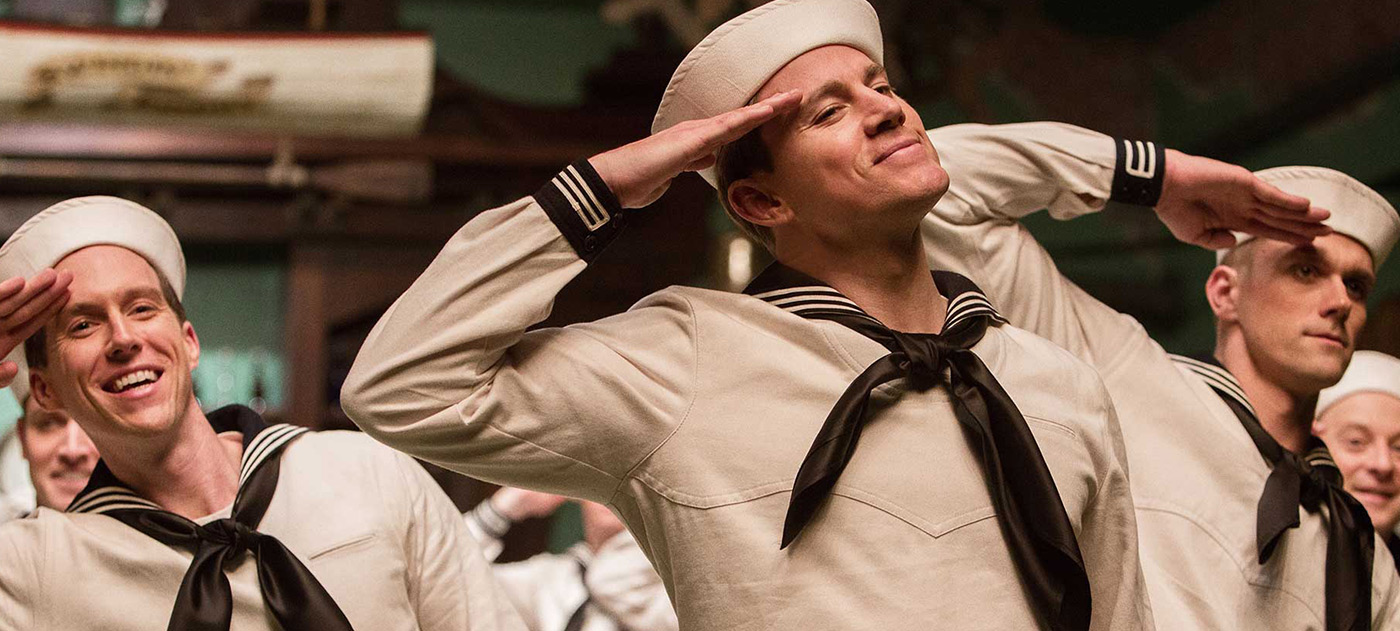Remakes. Hollywood makes them faster than audiences can consume them, even if it’s just to complain about how they don’t measure up to the originals. I know I’ve fallen into this trap more times than I can count, each time hoping for a different result. Don’t get me wrong; there are some killer (pun intended) contemporary horror remakes out there, such as Franck Khalfoun’s Maniac (2012) and Alexandre Aja’s The Hills Have Eyes (2006). But, even with a smattering of truly ambitious, successful remakes, unfortunately, we are left with a ton of films that are mere shadows of their original source material. Martyrs, Kevin Goetz and Michael Goetz’s remake of Pascal Laugier’s very successful film of the same name, is no different; we are presented with a sanitized, affectless version of a once-powerful narrative that doesn’t carry the same existential weight as the original. That said, it does have some of its own merits, but, unfortunately, they’re not enough to instill anything close to the same emotional impact that we felt back in 2008.
The film begins very much the same as the original Martyrs; Lucie (Ever Prishkulnik [child]; Troian Bellisario [adult] of Pretty Little Liars) has escaped kidnapping and torture and is taken in by an orphanage where she meets Anna (Elyse Cole [child]; Bailey Noble [adult] of True Blood). The two become close friends, but even their friendship can’t stop Lucie from being haunted by the monsters of her past, forcing her to seek out her torturers. This is where the Goetzes’ version begins to deviate from the source material while still keeping within the same narrative arc. People are killed, young girls are tortured, and metaphysical questions are posed — yet the message of this film seems to lend more hope to viewers due to the focus on the friendship between Lucie and Anna. While this should be what creates the film’s greatest emotional impact, it fails to do so because the narrative does not know whom to align itself with.
Both Bellisario and Noble do a very good job convincing the audience that there is a real bond between them, and their child counterparts are refreshingly believable as well. They all give heartfelt performances and clearly understand the change in focus of this film, but because there is no stable, balanced point of view, by the time the finale is reached the existential questions don’t seem so existential anymore. The point of view shifts from Lucie to Anna, from Anna to Lucie throughout the film; when Lucie is tortured, the viewer watches Anna as she hears Lucie’s screams from the next cell. When the viewer is in the room with Lucie, there are often flashbacks to 10 years prior when she first met Anna. These moments serve to juxtapose the dark, dank basement where the girls are held with the sun-soaked memories of childhood friendship on the playground. The bright yellow farmhouse that is home to the underground torture chamber also acts as a false façade for the dark deeds happening below ground.
This juxtaposition between exteriors and interiors is one of the best examples of the film’s cinematography and editing. The cuts from dark to light are jarring, but they also highlight the more hopeful themes of the film that lie in Christian ideology and “moving into the light”, or passing over into another realm of warmth and love, where friends can be friends forever. I can appreciate the aesthetic that the Goetzes are going for, and there are some effective creepy shots, but they do not create the same chilling, sterile effect that sets the tone of the original film. And while there may be some gore, it is minimal in comparison to what Laugier subjects us to. In interviews, Michael Goetz and Kevin Goetz have said that they feel their film is more a reimagining than a remake, and if we take the film as a stand-alone work, it is not terrible; the acting is good enough, the technical aspects of the film are above average — so why didn’t this film make me feel anything?
I remember watching Laugier’s film, alone, thumb hovering over the stop button on my remote just in case I couldn’t take anymore. I never did stop it, but it was one of the most emotionally affective cinematic experiences I’ve had because of the intense focus on the character of Anna throughout her martyrdom. There is minimal dialogue, but the film fills one up with such a sense of despair that the viewer gives in to the torture just as Anna does. Its ambiguity has left many to ponder on the existential questions posed of life and death, but those questions appear to be answered by the Goetzes’ ending, leaving the audience feeling a little bit better about what they just watched, sanitized as it is.
But, if I view a film called Martyrs, I don’t want to feel good about what I just watched. I want to be brought to the verge of tears at the pure sense of hopelessness and suffering exhibited by its protagonist. I want to cringe at the moment our martyr is revealed in all of her blood-soaked glory, and I want to be left with more questions than answers. The original is an affective entry in the New French Extremity movement, one that revels in the abject, the offensive, and the brutally honest presentation of violence. The remake, while nice to look at with some good performances, does nothing but highlight how a focused point of view could have strengthened what can only be classified as another remake to be forgotten.










Fantastic Four
Fantastic Four